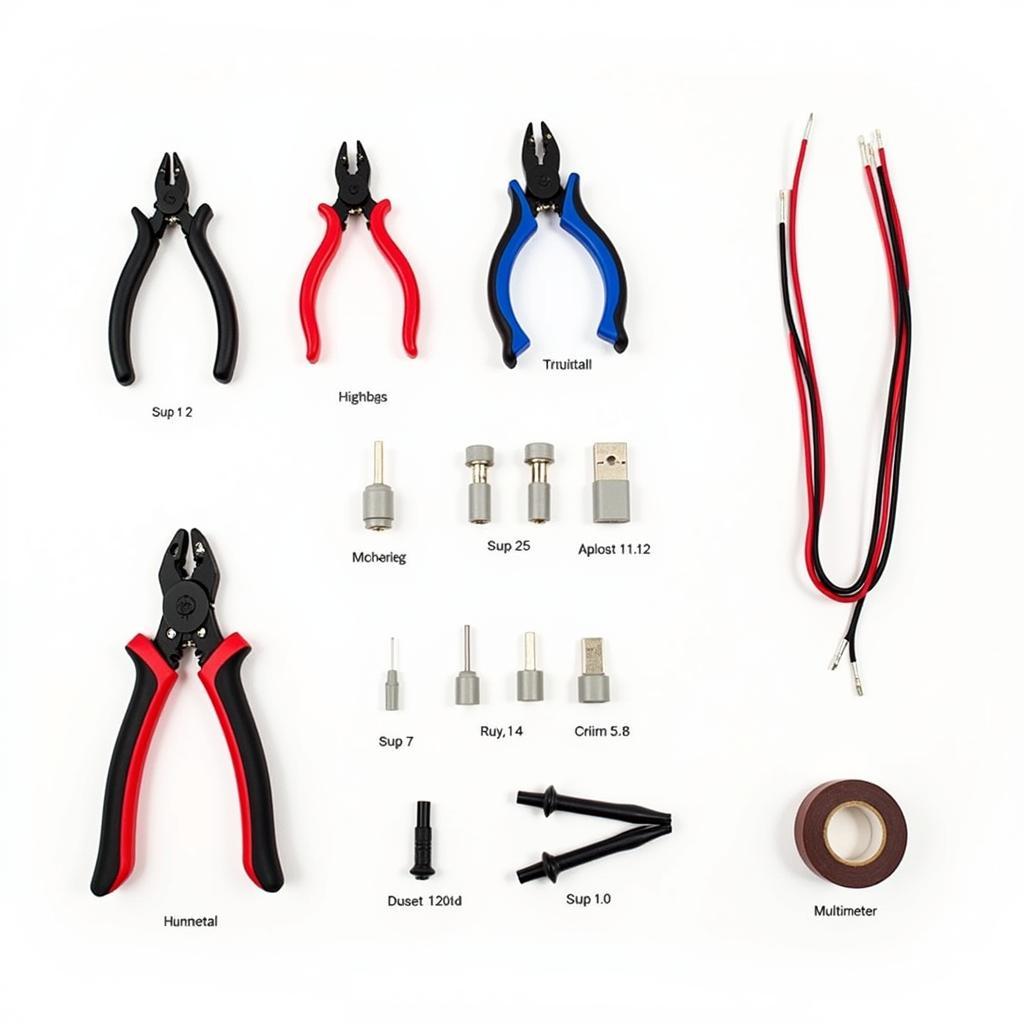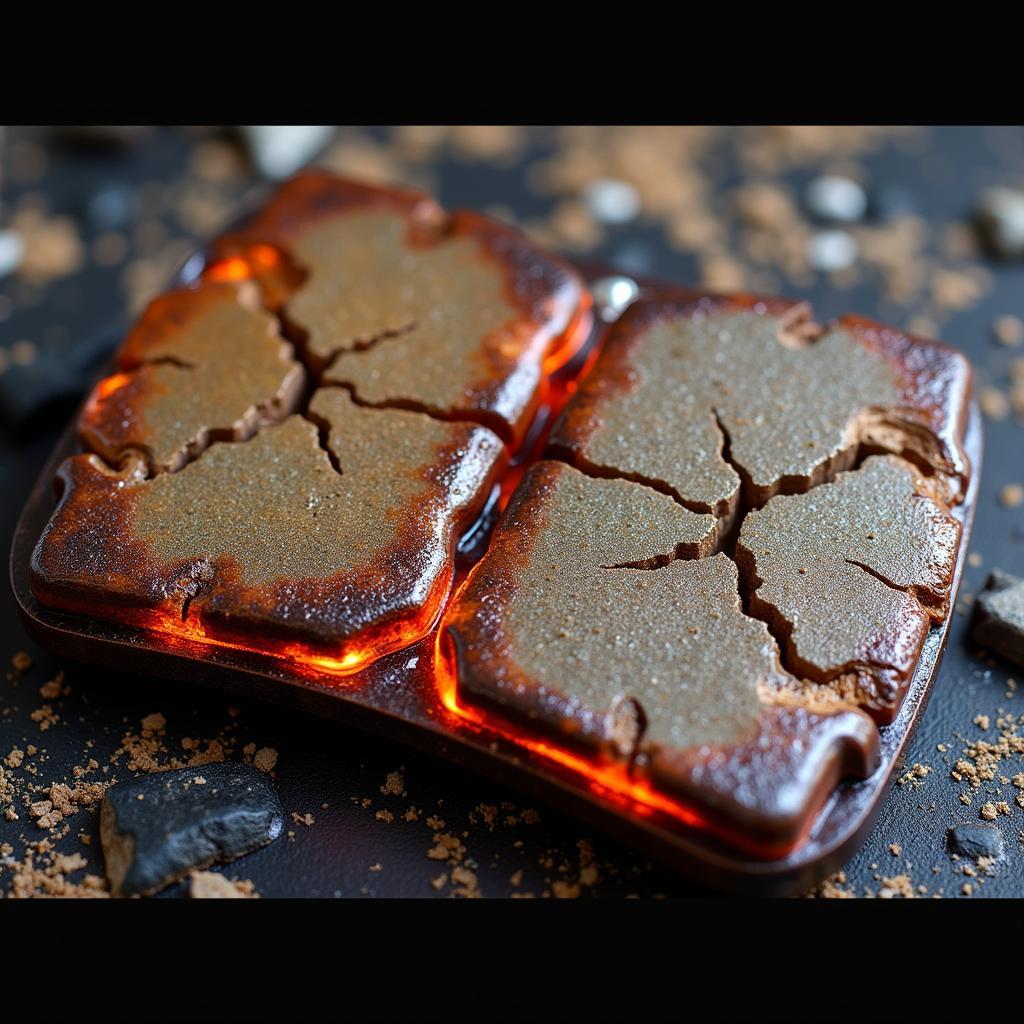Wiring a car radio suppressor correctly is crucial for minimizing electrical interference and enjoying clear, static-free audio. This guide will provide a detailed walkthrough of the process, covering essential tips and troubleshooting advice for a successful installation. car radio suppressor wiring Let’s dive in and eliminate that annoying static once and for all!
Understanding Car Radio Interference and Suppressors
Car radios can be susceptible to various electrical noises originating from within the vehicle’s systems. These noises manifest as static, whining, or buzzing sounds, significantly degrading the listening experience. A car radio suppressor, also known as a noise filter, is designed to mitigate these unwanted signals. It acts as a barrier, allowing the desired radio frequencies to pass through while blocking the interfering ones. Choosing the right suppressor and wiring it correctly is key to achieving optimal performance.
Types of Car Radio Suppressors
Several types of suppressors are available, each tailored for specific interference sources. In-line suppressors are commonly used for general noise reduction, while others target particular components like the alternator or ignition system. Understanding the type of interference you’re experiencing helps in selecting the appropriate suppressor. For example, if you hear a whining sound that changes pitch with engine speed, an alternator noise filter is likely the solution. car radio suppressor wiring
Choosing the Right Suppressor for Your Car
Selecting the appropriate suppressor is essential for effective noise reduction. Consider the type of interference, the source of the noise, and the specific requirements of your car’s electrical system. Consulting a car audio professional can help you determine the most suitable suppressor for your situation.
Preparing for Installation
Before you begin wiring a car radio suppressor, gather the necessary tools and materials. This typically includes wire strippers, crimpers, electrical connectors, a multimeter, and the suppressor itself. Having everything ready will streamline the installation process and prevent unnecessary delays.
 Essential Tools for Car Radio Suppressor Installation
Essential Tools for Car Radio Suppressor Installation
Safety Precautions
Always disconnect the car battery’s negative terminal before working on any electrical components to prevent shocks and short circuits.
Wiring a Car Radio Suppressor: Step-by-Step Guide
- Identify the power and ground wires: Locate the car radio’s power and ground wires. These are typically labeled on the radio’s wiring harness.
- Connect the suppressor: Connect the suppressor’s input wires to the car radio’s power and ground wires using appropriate connectors.
- Ground the suppressor: Securely ground the suppressor’s ground wire to a clean metal surface on the car’s chassis. This ensures proper operation and prevents ground loops.
Troubleshooting Common Issues
If you encounter persistent noise even after installing the suppressor, double-check all connections and ensure proper grounding. Also, consider the possibility of multiple interference sources and the need for additional suppressors.
“Proper grounding is crucial for the effectiveness of a car radio suppressor. A weak ground connection can lead to reduced noise suppression and even introduce new interference.” – John Smith, Automotive Electrical Engineer
Maintaining Your Car Radio Suppressor
Regularly inspect the suppressor’s wiring and connections for any signs of damage or corrosion. Ensure all connections are secure and free of debris.
Conclusion
Wiring a car radio suppressor effectively eliminates unwanted noise, enhancing your in-car audio experience. car radio suppressor wiring By following this guide and understanding the underlying principles, you can achieve clear, static-free radio reception and enjoy your favorite tunes on the road.
“A properly installed car radio suppressor can significantly improve sound quality, transforming your daily commute into a more enjoyable experience.” – Jane Doe, Car Audio Specialist
FAQ
-
What causes car radio interference? Interference can be caused by various electrical components in the car, such as the alternator, spark plugs, and ignition system.
-
How do I choose the right suppressor? Consider the type of interference, its source, and your car’s electrical system.
-
Do I need to disconnect the battery before installation? Yes, always disconnect the negative terminal for safety.
-
What if the noise persists after installation? Double-check all connections, ensure proper grounding, and consider the possibility of multiple interference sources.
-
How do I maintain the suppressor? Regularly inspect the wiring and connections for any damage or corrosion.

